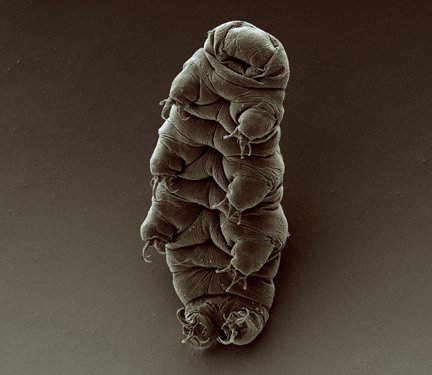Unique Anatomy: Exploring Organisms Without Traditional Body Structures
Different organisms have different phenotipical characteristics and then we start to say that while it is possible for certain organisms to lose certain organs or not have them but when we start with we humans we will see that we have tail bones but we do not have tails. So in that case, let's discuss different organisms that lack different organs or lost them during the period of evolution.
First, do you know that not all organisms have a head? While the head is very important to a lot of animals and mammals since it houses the brain, Bivalves which is a member of the class Molluscs do not have a head. Let me say that in the case, I am referring to a head as a one system command center at one end of the body. Bivalves are a part of the Bilateria group which are a group of organisms with one plane of symmetry that when divided into equal halves mirror one another.
Unlike other molluscs such as Clams, Oysters, Mussels, and Scallops that have a head, Bivalves do not have a head instead they have several nerve clusters around their nerve network. Since they do not have a head, they have their eyes located at the openings of their shells, and they do not have the Radula which is used by molluscs for feeding. So they are filter feeders they just allow the water bring their food to them.
While Bivalves do not have a head, there are some animals that do not have a long body like animals in their phylum and a very good example is the Tardigrade which are also known as Moss Piglets and some call them water bears and a member of the phylum Panathropoda. It is a microscopic animal which went through a major reduction in their midsection millions of years ago. Panathropoda is a group of diverse organisms which includes Arthropods such as insects, spiders, crabs, and a lot of many legged animals. Animals that fall under this group have a segmented body, lined with numerous paired appendages but this is not the same with Tardigrades.

https://commons.wikimedia.org
So you may know, Tardigrades are not unicellular, they are multicellular, and their bodies are very short compared other animals in the group. While you might think you are seeing a body with Tardigrade, it is not so as evolution has caused their segment of them that could be referred to as body to become an extension of their head.
Another animal that you might be surprised doesn't have a body is the Star Fish or known as Sea Stars. This animal doesn't have a body rather it is composed of a head alone. It is member of the superphylum Deuterostomes, and animals in this subphylum develops an anus before developing a mouth which includes lots of organisms including ourselves humans, chordates, and echinoderms.
While organisms in this subphylum are bilateral symmetrical, Sea stars are radial symmetry and the when scientist checked their genes, they found out that their arms are made up of genes of the forebrain and midbrain and so they are basically a head including their arms. They also didn't have trunk genes in the hands which means that the hands weren't a trunk.
The diversity of life on Earth showcases the adaptability and creativity of evolution. Organisms like bivalves, tardigrades, and starfish demonstrate that there's no single blueprint for survival and that different adaptations can lead to unique anatomical features. By exploring these unique creatures, we gain a deeper appreciation for the remarkable complexity and variation in the natural world.
Reference
https://ucmp.berkeley.edu/taxa/inverts/mollusca/bivalvia.php
https://courses.lumenlearning.com/bio2labs/chapter/reading-mollusks/
https://www.exploringnature.org/db/view/Phylum-Mollusca-Gastropods-Bivalves-Cephalopods
https://askabiologist.asu.edu/tardigrade-anatomy
https://onlinelibrary.wiley.com/doi/10.1111/ede.12457
https://academic.oup.com/icb/article/57/3/546/4093800
https://pubmed.ncbi.nlm.nih.gov/27989966/
https://www.sciencedirect.com/science/article/abs/pii/S1467803916301669
https://www.ncbi.nlm.nih.gov/pmc/articles/PMC3596308/
https://www.cbsnews.com/news/it-turns-out-that-starfish-dont-have-arms-theyre-just-a-head-crawling-along-the-seafloor/
https://www.scientificamerican.com/article/starfish-are-heads-just-heads/
https://www.science.org/content/article/genetically-speaking-starfish-have-no-arms-only-head
https://www.sciencedirect.com/science/article/pii/S0168952524000088


Thanks for your contribution to the STEMsocial community. Feel free to join us on discord to get to know the rest of us!
Please consider delegating to the @stemsocial account (85% of the curation rewards are returned).
Thanks for including @stemsocial as a beneficiary, which gives you stronger support.